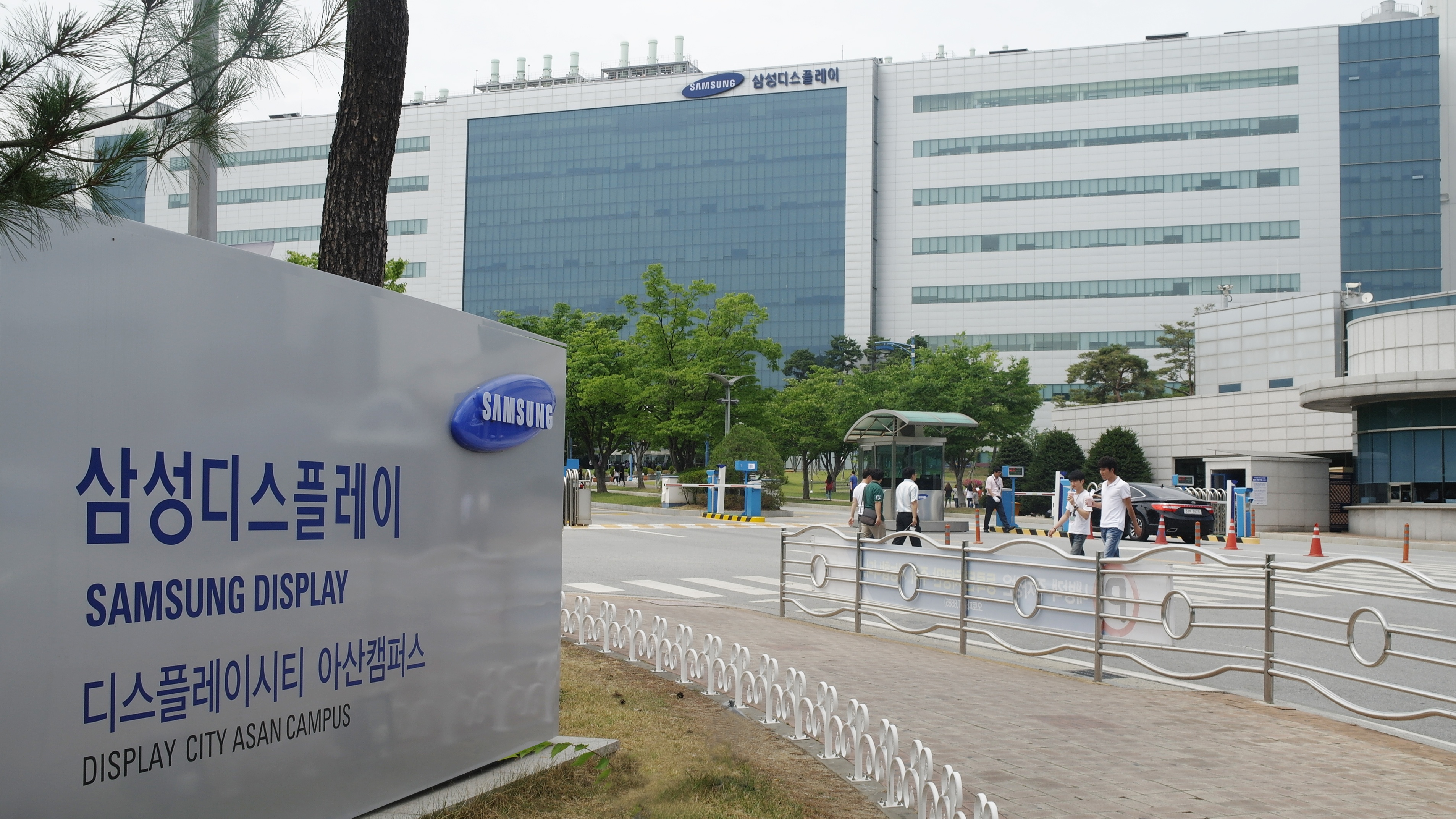Samsung shares the future of its foldable, slidable displays
Showcases multiple display form factors

Samsung Display has held sway of the $148-billion global smartphone display panel market, claiming half of it. Currently, the world's largest manufacturer of small size OLED panels used in phones and tablets, the Korean company is showcasing multiple form factors on its flexible panels.
The company has created a new website that provides users a look into the future technology involving both rollable and slidable displays. The new microsite is meant to showcase the latest developments on displays at Samsung and would also be used to share announcements and first-looks of OLED displays.
Having aced the small size OLED display panel market, Samsung has since entered the mid-size segment using the displays on its range of high-refresh-rate displays on laptops. In fact, the company also made flexible OLED screens that are found on their foldable devices - the Galaxy Z Flip 3 and the Galaxy Z Fold 3.
- Samsung Display maintains its hold on phone panel market
- Samsung Display targets gaming markets with OLED panels
Five distinct screen categories

On the new microsite, Samsung has created five categories of its Flex OLEDs. These are the Flex Bar, the Flex Note, Flex Square, Rollable Flex and the Slidable Flex. While the first of these fits a clamshell-style device, the Note seems to be designed with the laptop in mind.
The Flex Square could be for future foldable smartphones like the Galaxy Z Fold 3 while the rollable screens find use in devices such as the LG experiment with their rollable screens. The Slidable Flex would find use in smartphones that offer a sliding screen, such as the one showcased by Oppo in a prototype last year.
Most of Samsung's flexible display OLED screens are meant to be folded, rolled out or can slide out. They feature high brightness, are capable of playing back HDR10+ videos, offer better screen protection and come with a low folding radius compared to products from its competitors. The company claims that the displays can fold over 200,000 times. which is equivalent to 100 folds each day for five years.
Samsung's Chinese checkmate

In recent times, Samsung has seen a marginal drop in marketshare on the display panel space. In the first half of 2021, the company added revenues of $21 billion in the first half, up from $18.6 billion a year earlier. However, its marketshare stood at 48 per cent from 50 per cent a year ago.
Sign up for breaking news, reviews, opinion, top tech deals, and more.
A report from Strategy Analytics Handset Component Technologies said the phone display panel market had a double-digit revenue growth with the top three actors capturing about 71 per cent of the revenues in the period. The three were Samsung Display, BOE Technology (15 per cent) and Tianma Microelectronics (8 per cent).
As has been the case with its smartphones, Samsung is facing competition from the Chinese companies even in the display screen segment. China Display Panel vendors especially BOE Technology, Tianma Microelectronics and TCL CSOT registered strong OLED design wins in the supply chain of China Smartphone OEMs, the report said.
Which is why, it may be a good time for Samsung to showcase its unquestionable expertise with OLED screens.
Want to know about the latest happenings in tech? Follow TechRadar India on Twitter, Facebook and Instagram!

A media veteran who turned a gadget lover fairly recently. An early adopter of Apple products, Raj has an insatiable curiosity for facts and figures which he puts to use in research. He engages in active sport and retreats to his farm during his spare time.